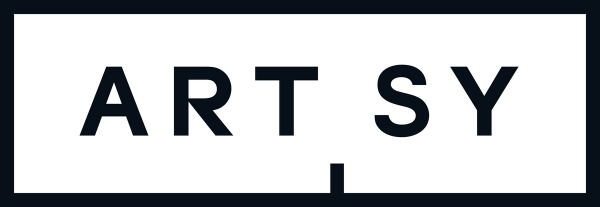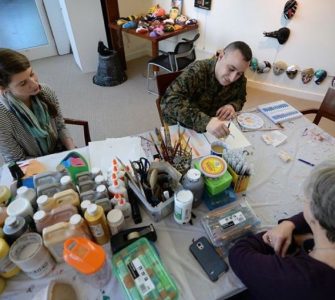 How Art Is Helping Veterans Overcome PTSD
How Art Is Helping Veterans Overcome PTSD
Casey Lesser is an Editor at Artsy.
6 novembre 2017
Approximately 2.6 million United States service members were deployed to serve in the military from 2001 to 2011, during the period of Operation Enduring Freedom (OEF) and Operation Iraqi Freedom (OIF). And research suggests that 10–18% of veterans from those operations return home with Post-Traumatic Stress Disorder (PTSD). Intense and debilitating fear, depression, negative moods, and nightmares interrupt their daily lives.
Among the various clinical techniques and tools used to treat service members with PTSD, art therapy is a strong option. A 2012–14 survey at the National Intrepid Center of Excellence (NICoE, the outpatient clinic dedicated to treatment of Traumatic Brain Injuries at Walter Reed Military Medical Center in Bethesda, Maryland) ranked art therapy among the top five most helpful techniques used to treat veterans.
NICoE is one of 11 sites across the U.S. that hosts Creative Forces, the creative arts therapy initiative launched by the National Endowment for the Arts and Department of Defense, which employs art therapy, music therapy, and dance therapy to treat psychological disorders related to post-traumatic stress and traumatic brain injuries (TBIs). In addition to these clinical sites across the country, and one telehealth program to help service members living outside of those communities, the initiative also funds research in the field.

Marine Crops Staff Sgt. Anthony Mannino performs art therapy with guidance from Adrienne Stamper at the National Intrepid Center of Excellence. Photo by Marvin Lynchard. Courtesy of the Department of Defense.
